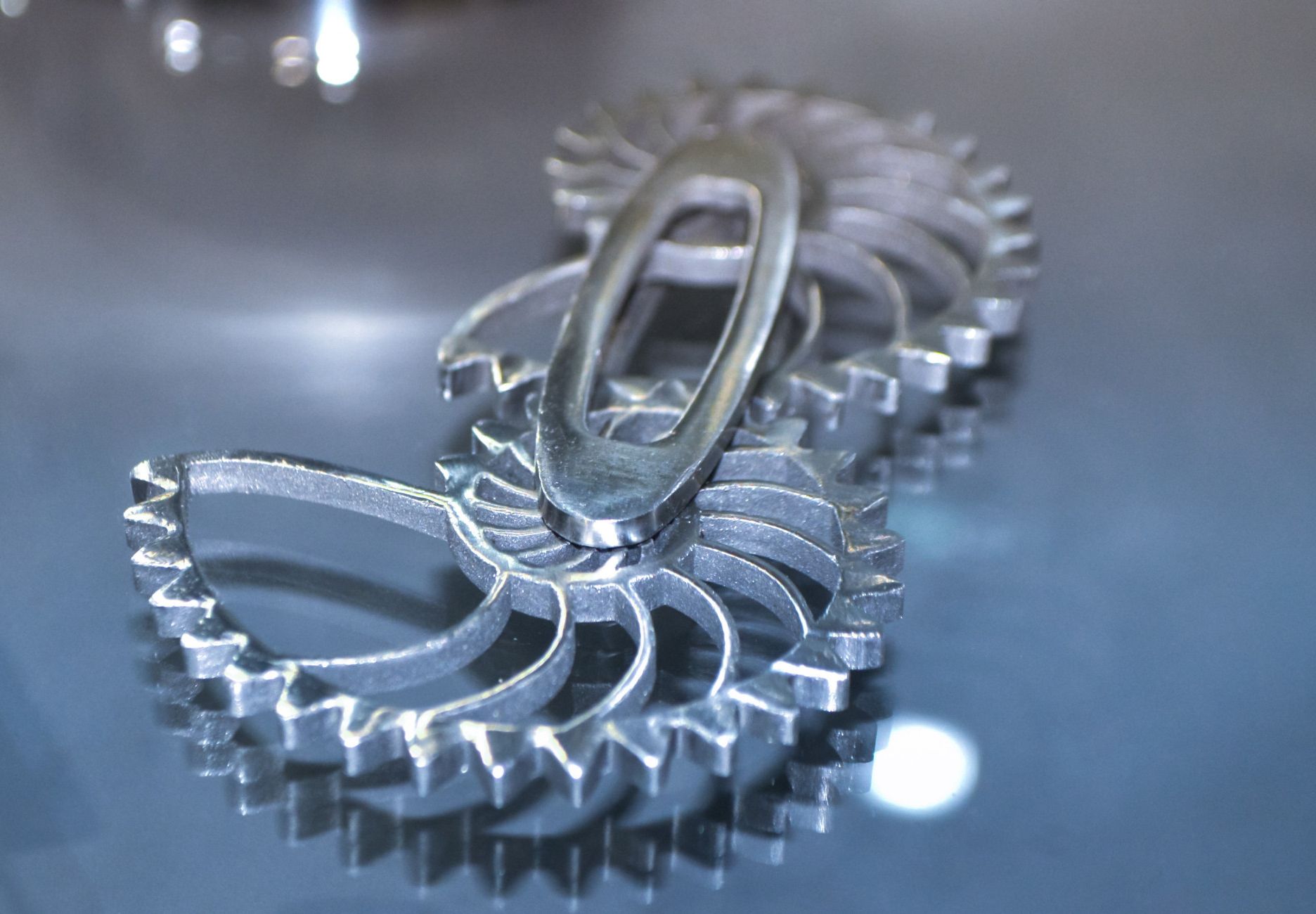When designing 3D printed parts, minimum wall thicknesses must be observed to guarantee a perfectly produced part. Depending on the material and the additive manufacturing technology, the minimum wall thicknesses are different. For many additive manufacturing processes, the minimum is 0.8 mm. A basic rule: as harder the material is, the thinner the minimum wall thickness can be. The following list includes common technologies and 3d printing materials. Important: this list contains standard values. Depending on the application, these must be rechecked. *
The minimum wall thickness for 3D printed parts
Most common plastic materials need a minimum wall thickness between 0.7 mm and 1.0 mm.
Plastic materials processed with Selective Laser Sintering (SLS) and Fused Deposition Modeling (FDM)
For Selective Laser Sintering (SLS) with materials such as PA 12, PA-GF or PP plastic, a wall thickness of 0.7 mm is needed. For Fusion Desposition Modelling (FDM) you must allow 0.8 mm if printed in PLA and PETG. Other types of plastic printed in SLS and FDM require a minimum wall thickness of 1 mm.
Plastic materials produced with stereolithography (SLA)
For Stereolithography (SLA) or Pojyjet process (Multi Jet Modelling MJM) the 3D printed parts should have a minimum wall thickness of 0.3 mm.
3D printed metal parts with Selective Laser Melting (SLM)
All metal powders that are printed using the SLM process, needs a minimum wall thickness of 0.5mm.
In addition to the right wall thickness of your 3D printed part, you should consider other factors too for your design. This ensures, that the part can be printed properly. Follow these advices:
- All models must be designed "watertight", i.e. completely closed
- The printed part should not have any open spots or edges
- The model must have a high polygon count for a smooth surface
- The 3D surface object should be defined as a triangular or quadrilateral mesh
- The partial bodies must be completely closed and can be "plugged" into the model
Did these tips help you? If your answer is: "Yes, but...", contact your Solution Partner for advice.
Your Jellypipe
* Jellypipe cannot guarantee default values. These must be individually adapted to the applications and tested.



